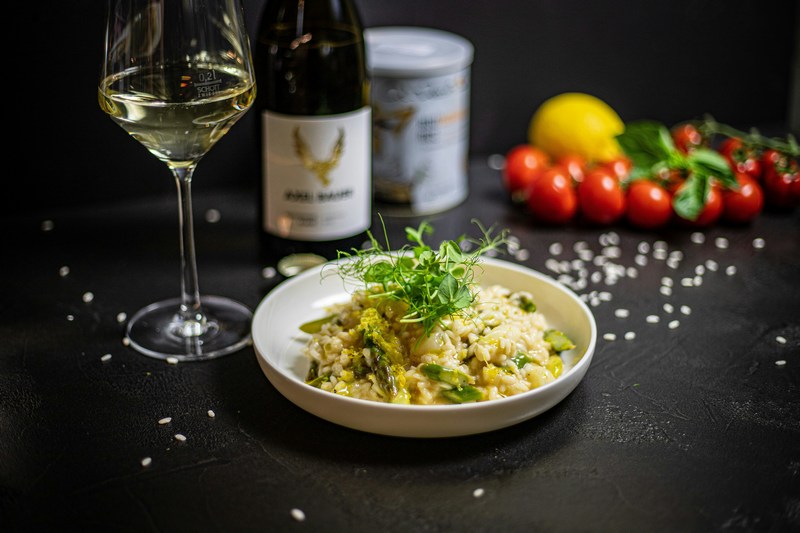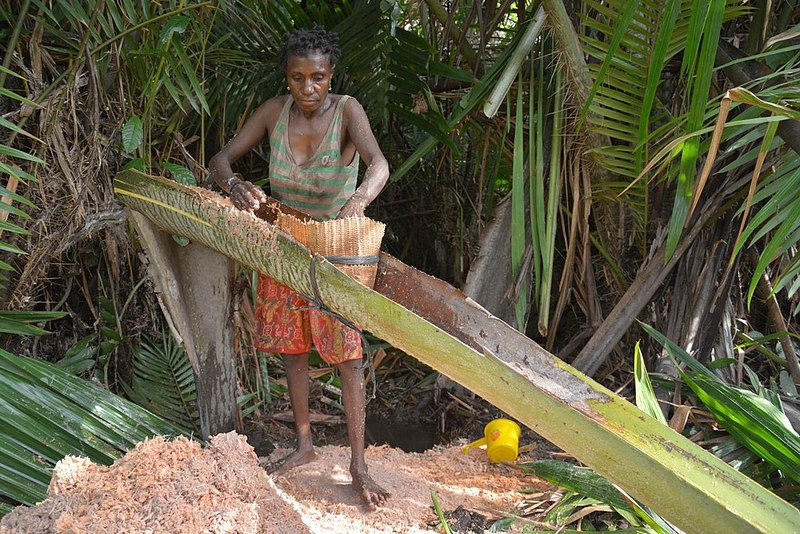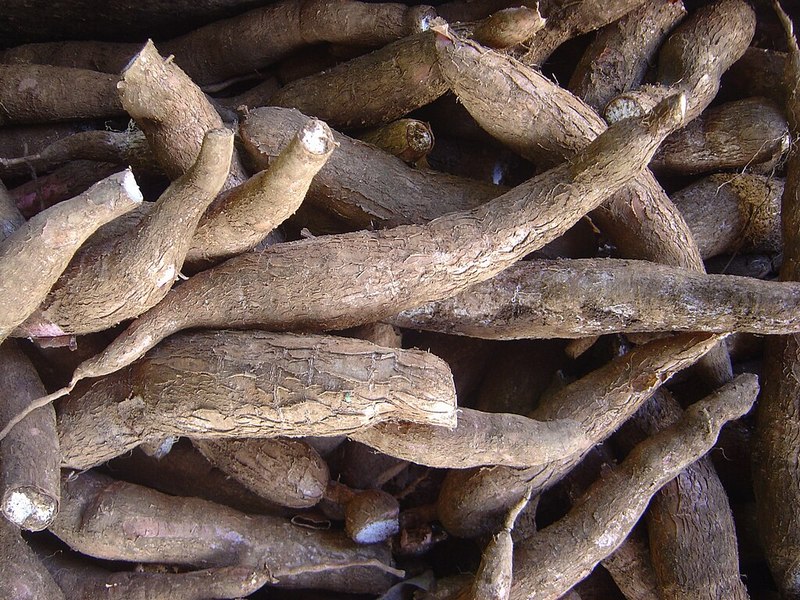Pearl Barley: Processed to remove its hull and most, if not all, of its bran layer, pearl barley is the most common form of barley consumed by humans – it cooks faster and is less chewy than other forms of the grain. I use it in soups, particularly vegetable, and make a nice late summer, warm vegetarian salad with it. This Barley, Courgette, Mint & Halloumi Salad sounds good, as does this recipe for Pearl Barley Soup.
Sago: The punchline to a classic joke (how do you start a pudding race?), sago is very similar to tapioca, being predominantly starch but in this case sourced from the pith of several types of palm trunk, including the true sago palm Metroxylon sagu. In the South Pacific, sago is also sourced from the sago cycad (Cycas revoluta) and cassava root. The palms are not allowed to flower and cut down at about 15 years of age, as the energy needed for flowering would rob the starch from the trunk. Sago is used in the same way as tapioca (and is fairly interchangeable with it) and in industry is used as a textile stiffener. Here’s a recipe for Baked South African Sago Pudding.
Semolina is ground durum wheat, a flour used for making pasta as its high levels of gluten help keep the shape of pasta during cooking. Couscous is made from semolina, and the grains are also used in baking as well. Here’s a recipe for Lemon Semolina Cake.
Tapioca is a gluten-free starch – almost a pure carb – made from cassava root, dried and then processed into, for example, ‘pearls’ or flakes. Native to South America, cassava is now grown in many tropical places, including the South Pacific. The flavourless tapioca flour can be used as a thickening agent, while the pearls are found in puddings and bubble tea (Wikipedia tells me it originated in Taiwan in the early 1980s and is essentially a flavoured cold tea drink with tapioca, the bubbles, added). I was never that keen on tapioca pudding as a child but Mum usually had a box of tapioca in the cupboard, purchased when the Rawleighs man came to call. Here’s a recipe for Tapioca Pudding.
Risotto rice: Rice is a huge topic, one that not only incporporates horticulture but also cultural beliefs and practices. (Read a bit about Bali here and some culture from Japan here.) This recent article in The Guardian about risotto rice, which is grown in the floodplain of the Po Valley in northern Italy, caught my eye so I decided to include this type of rice, if only to highlight the fragility of so many of our food crops.
Italy is Europe’s largest rice producer, growing about 50% of the rice produced in the EU but in 2022, the worst drought in 200 years struck the Po, the river that feeds the system of canals that irrigates the paddy fields. As a result, Italy lost 26,000ha of rice fields, and production of the grain dropped by more than 30%. Last year there was another drought and another 7,500ha lost.

Italy’s rice revolution began at the abbey of Lucedio, near Vercelli, according to this article from the South China Morning Post. The abbey was built in 1123 by French monks who drained the nearby marshlands and began to cultivate the grain in the 1400s. “The monks spread rice culture all across Piedmont and over to the other regions, passing on the know-how to smaller abbeys and monasteries,” says Count Paolo Salvadori, who runs the estate.
Australia grows regular rice and there is some small production of ‘risotto rice’, eg, Arborio and Carnaroli, but production of all types is relatively small.Carnaroli has a higher starch content than Arborio, a firmer texture and a longer grain.


